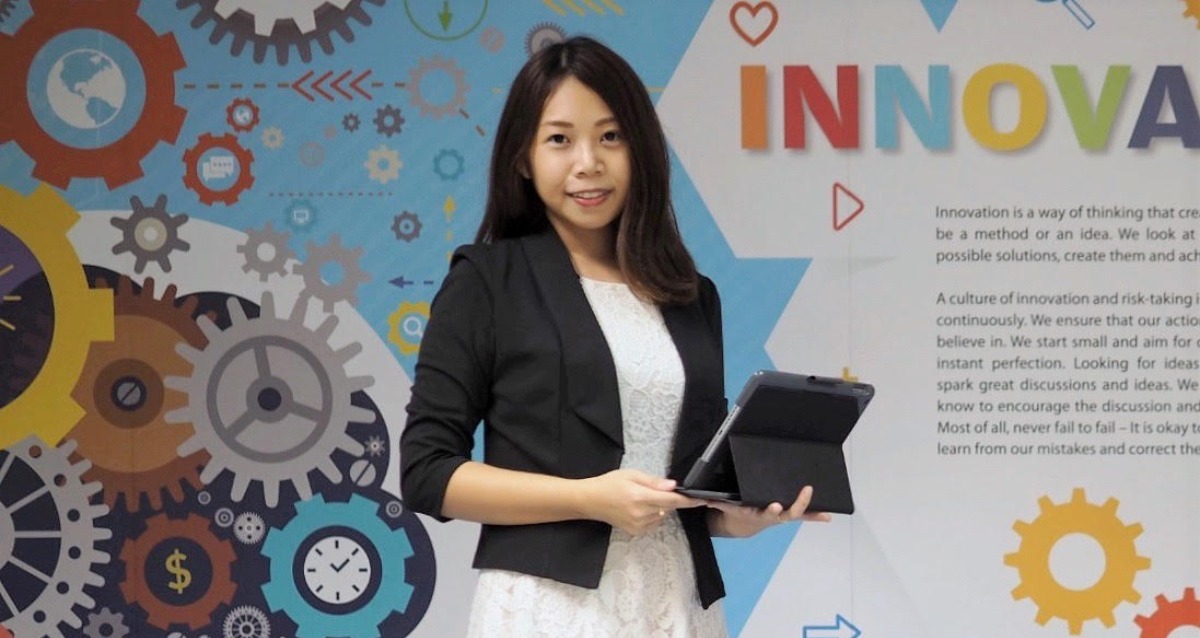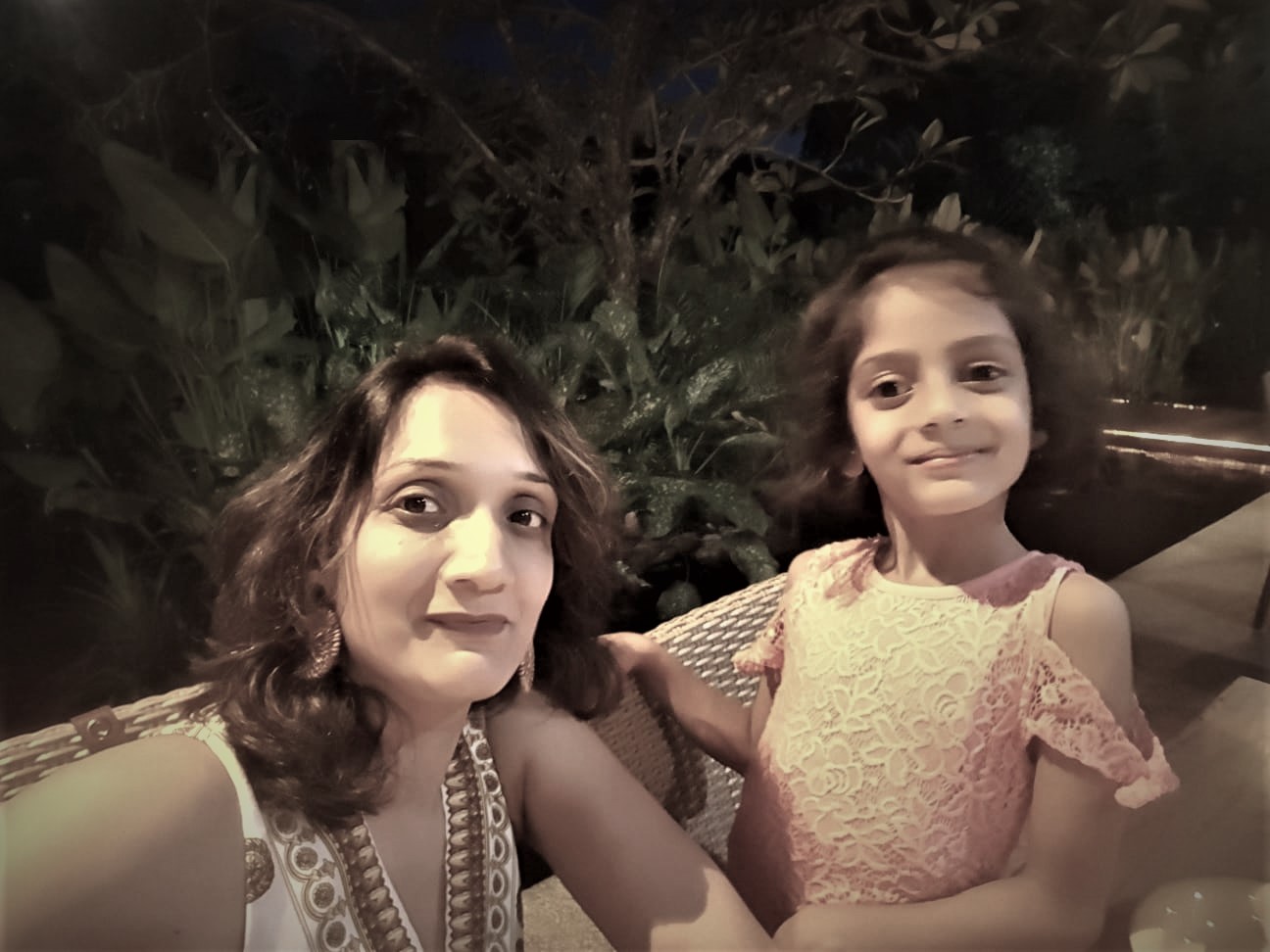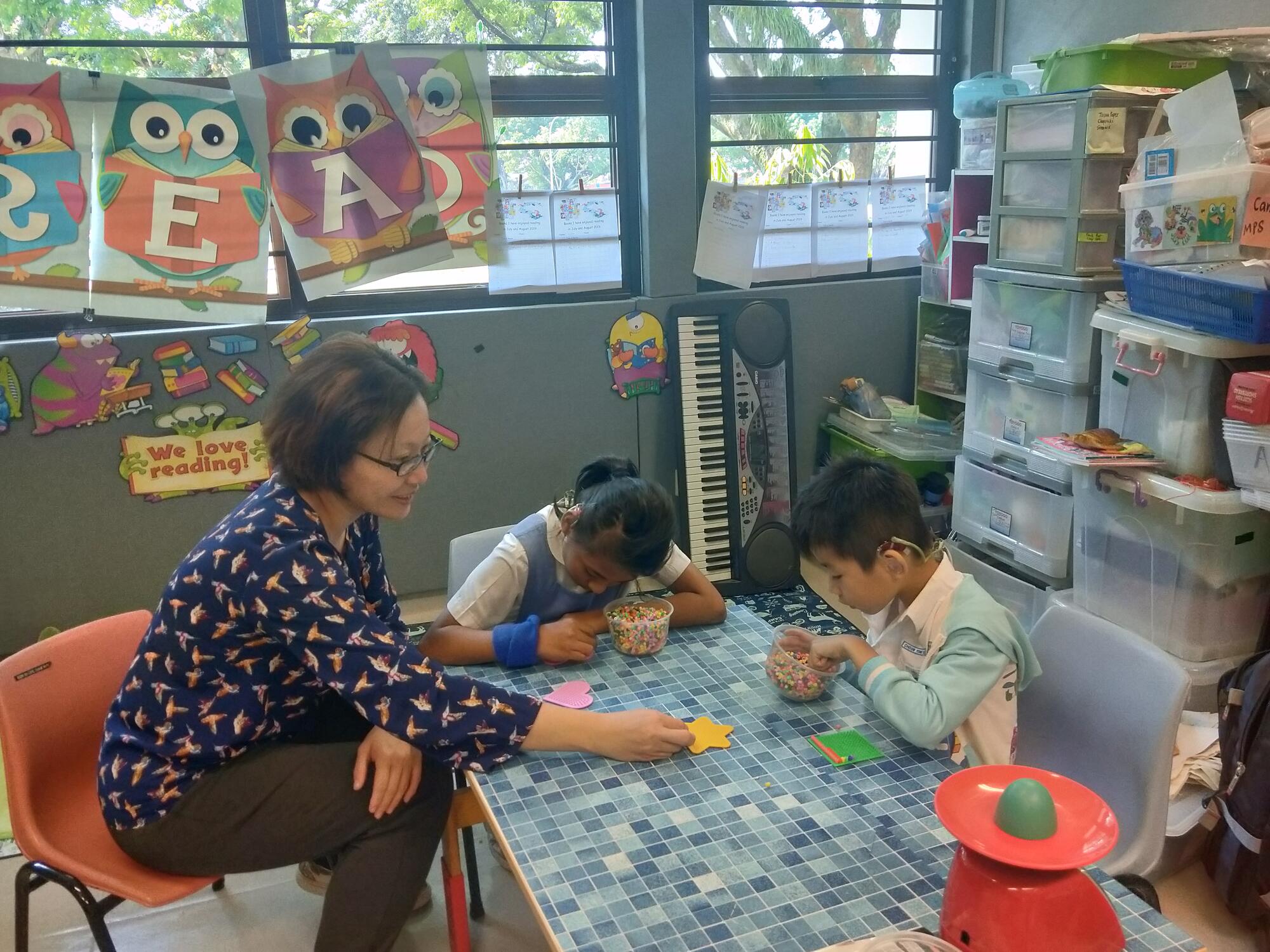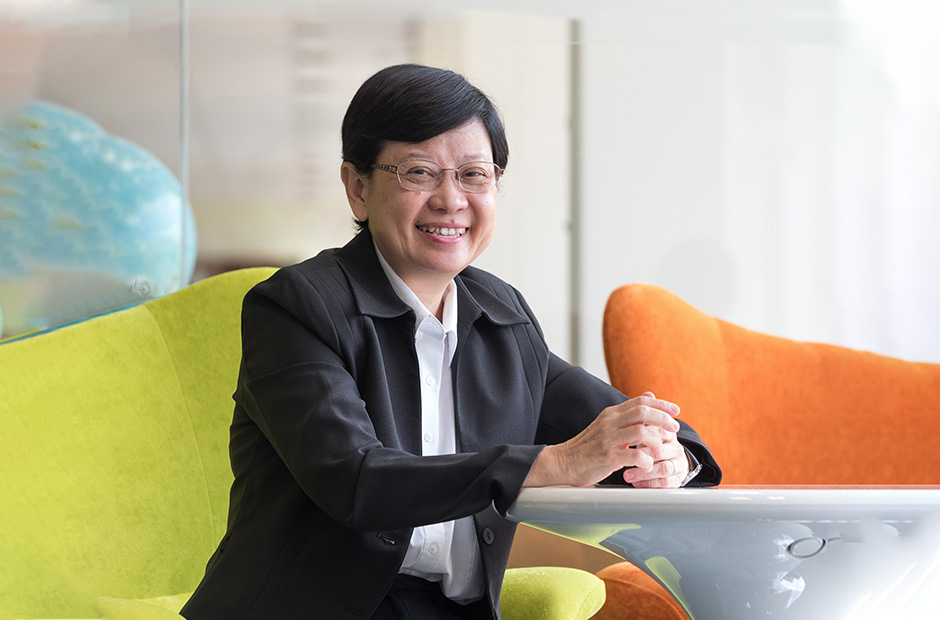“If there is a 20% discount for one item, does it mean I get a 40% discount for buying two?”
That was one of the questions my students raised in our pre-lesson on the topic of Calculating Discounts and Goods and Service Tax (GST) in Primary 5 Math.
In the pre-lesson, students were introduced to the concepts of discounts and GST on the Student Learning Space (SLS). Through a series of short videos, students familiarised themselves with the terms used in this chapter such as sale price and price inclusive of GST. They also learnt how to calculate them through simple sums involving whole numbers and completed a short quiz. At the end of the lesson, they were prompted to type in any questions they had on the topic so far.
That’s where I came across the question above – and realised that some students were not sure how to calculate discounts for multiple items.
I would have to address this question when I see them in class itself, something I could now prepare for because of this Blended Learning approach.
‘Learn at Home First’
Traditionally, we do most of our teaching, especially the introduction to a new topic in the classroom. After we explain everything in class, the children practise the sums at home.
For the past two years however, I have been experimenting with the Flipped Classroom model, where students do the initial information download at home. They then come prepared for lessons where we can have more in-depth discussions and activities to apply what they have learnt.
I decided to embark on this method because of an observation I made in the classroom.
I taught a mixed ability class for Math, and I noticed that whenever I started a new topic, there were always some students who knew far more than the others. It could be because they were naturally quick and grasped the concepts immediately, or that they read ahead – whatever the case, it was obvious that some students had more prior knowledge than others.
Being kids, the students were eager to share what they knew. Those who were new to the topic were naturally more reserved and let other students take the lead.
In a flipped classroom, everyone who had completed the pre-lesson at home would have sufficient knowledge to participate meaningfully in the activities and discussions in class. Passing the simple quizzes in the pre-lesson gave students the confidence to raise questions, offer answers and even help their friends in class. Everyone starts off on a more equal footing.
That’s why I chose a home-first, classroom-later approach for my lessons.
The perks of Blended Learning
When I first started, my pre-lesson took the form of worksheets and hand-outs that the students would go through at home. But with Home-Based Learning (HBL) this year, we got so used to teaching and learning online that I never looked back.
Now, my pre-lessons include videos and digital manipulatives that help students visualise the math concepts. The instant feedback they get for the quizzes also helps them correct their mistakes on the spot as they could check their answers without having to wait for the next lesson.
I was also able to bring in more content to enrich their learning. For example, for the pre-lesson on discounts and GST, I included a video on the reason we pay taxes as well as a newspaper article on the proposed increase in GST in Singapore for those who are interested. These additional materials aren’t strictly Math, but they help students connect what they learn to the real world.
I like the functions on SLS, so the entire lesson package was hosted on the platform. During face-to-face lessons, students accessed the lesson materials on individual tablets which I brought to class.
Technology allows me to collate their responses to questions immediately and helps me identify the students who still need help, and whether I should go slower or proceed.
However, students were not stuck on their devices the whole time. Since we were in class together, we had time to discuss and figure out more tricky questions collaboratively.
In this case, since we were learning about discounts and GST, I showed them a few scenarios based on real advertisements around us. The students were excited to recognise some of the adverts and pointed out the fine print or ‘terms and conditions’ to each other.
They examined what it means when advertisements include the phrase “Up to 90% discount”. Some students observed that the “Up to” was in very small font compared to the “90%” and that led to a lively discussion on marketing tactics. The students were delighted to hear and offer their own observations of how businesses attract customers.
This spontaneous discussion and the resulting insights would have been hard to achieve online. That’s why I feel the face-to-face interaction is still important. Blended Learning, which combines online self-directed learning and in-class lessons, offers the benefits of both – it’s a bargain.
The fine print
Naturally, learning online has its challenges as well, especially in the beginning.
As all teachers know, students don’t always behave the way we expect them to. One challenge about the flipped classroom, for example, is to make sure all students complete the pre-lesson.
When I first started, a handful of students came to class unprepared.
In such situations, I could have started the lesson with a short recap of the pre-lesson so that they would still be able to take part in the activities. However, I decided to proceed without the recap.
I did this to teach the students a lesson on personal responsibility. Those who had not done the pre-lesson naturally felt lost and were unable to contribute to the discussion. But I resisted the urge to help them straightway and only attended to them when the rest of the class were doing their individual assignments. They soon realised why it is important to complete their pre-lesson tasks and I am glad to say that this was no longer an issue in subsequent lessons.
There is no magic formula in Blended Learning and we have to keep adapting and reacting to our students’ needs. As teachers, we are mindful of many things – that we set tasks suited to our students’ abilities, that we give students sufficient time and space to learn independently etc. Technology can help us in many ways, but at the end of the day, our knowledge and experience are key to planning effective and joyful learning opportunities for our students.
But I guess that’s what makes being a teacher an ever-exciting and creative challenge.






